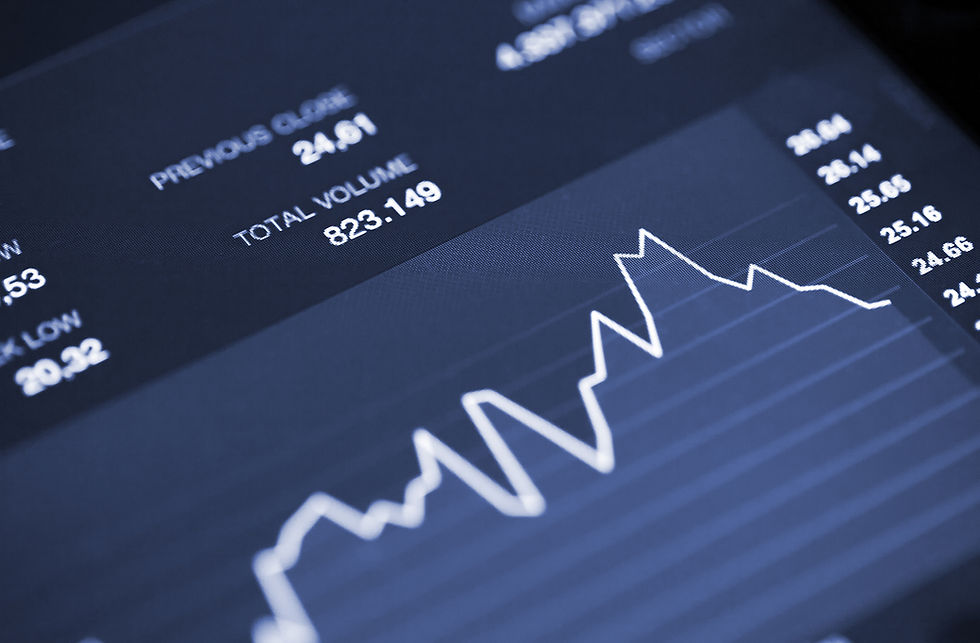WTF? Bond Yields
- 4717
- Jan 14
- 2 min read
Updated: Mar 6
A short explaination that wont cross your eyes

There has been a lot of cyberink spilled on the bond markets since last week, with the most salient aspect of the coverage being how convoluted all the explanations have been. To wit…
First, when prices on bonds go down, the yields go up. And when yields on the 10 year US treasury note went past 4.7%, and the stock market didn't like it one bit. For the smaller companies that means increasing borrowing costs. And that means higher costs for everyone. Borrow less spend less slows the economy. Simple enough, but there are signs that inflation will stay higher, longer that previously thought: Wages are outpacing inflation in a tight labor market, those higher prices will get passed on to consumers. Tariffs may do the same.
But that’s the future, what’s happening now? The government is monkeying with the money supply, which theoretically should match supply of value, basically labor and goods. If a nation has less circulating money than labor and goods, we get the Great Depression. If there is more money in circulation than value you get the Carter Administration. Or to be fair, the Biden administration.
When the government is trying to stimulate the economy, they engage in something called Quantitative Easing (QE) - which injecting money into the economy by creating electronic money to buy its own bonds from big banks. Everyone has more cash in their pockets, but it drives up inflation. Which is what happened during the rounds of covid stimulus.
The opposite is Quantitative Tightening (QT) – where the government pulls liquidity out of the system, generally by selling the bonds off it's books. To deal with high inflation throughout 2021 to 2023 governments launched QT campaigns to offload government debt, bonds and other securities. Private investors needed to absorb that debt. Adding fuel to the fire is that because governments are swimming in debt which means that they have to issue more debt. As a consequence, the average G7 country will double the volume of bonds officially plans this year. Private investors will need to absorb that debt as well.
This is simply supply and demand: Like anything else, drive up the supply, drive down the price. For bonds, that means pushing up the yield. Normally if the situation were static, people would pile into bond’s at those yields, driving up the prices and the bringing down yields. The last fella and the incoming President seemed polar opposites, they both seem intent on policies that will increase the deficit and, therefore, government borrowing. Which will put more bonds on the market.

